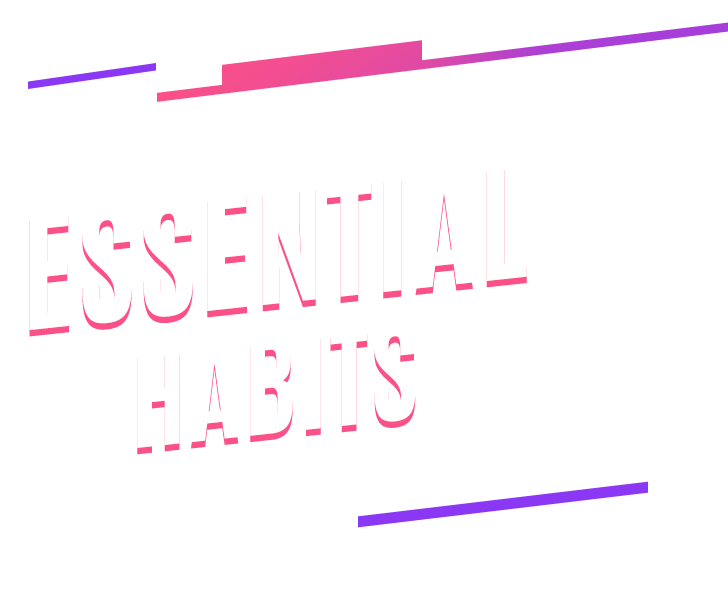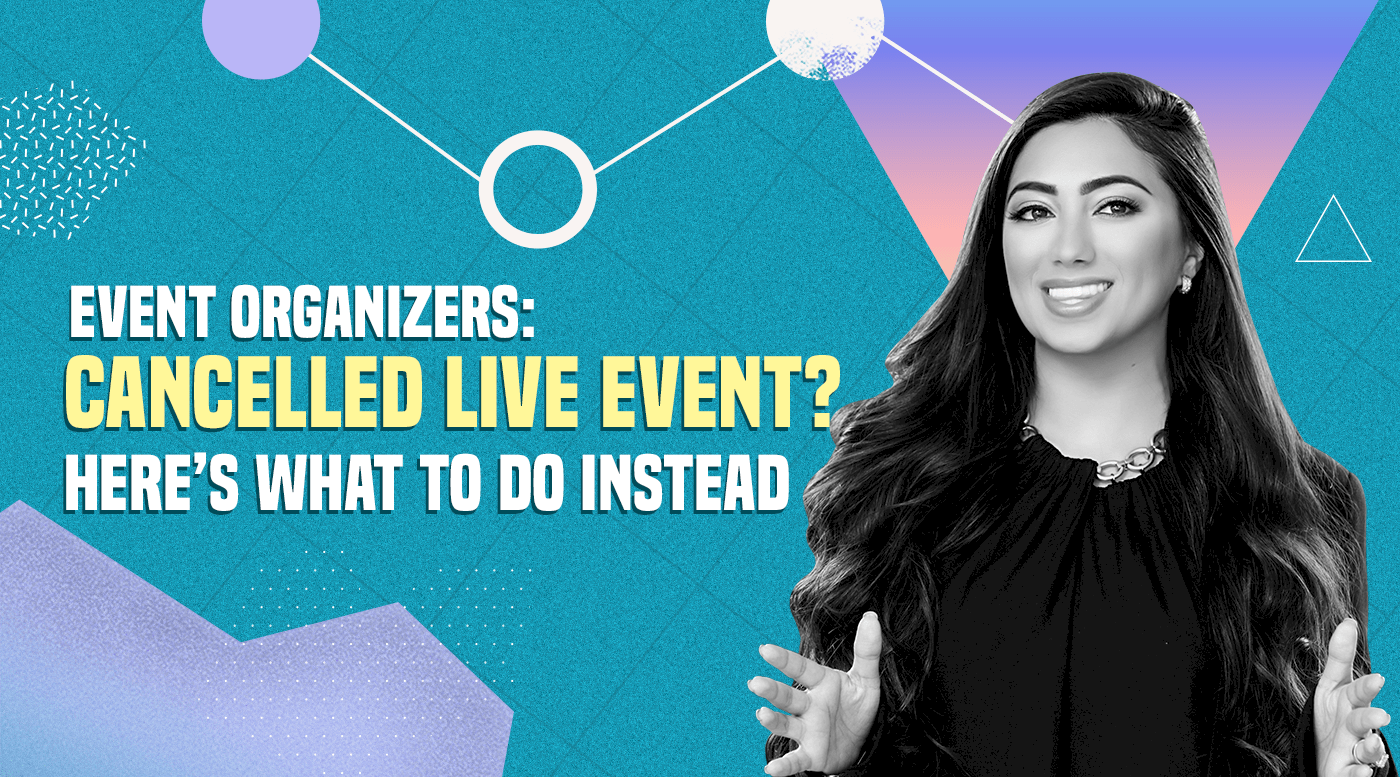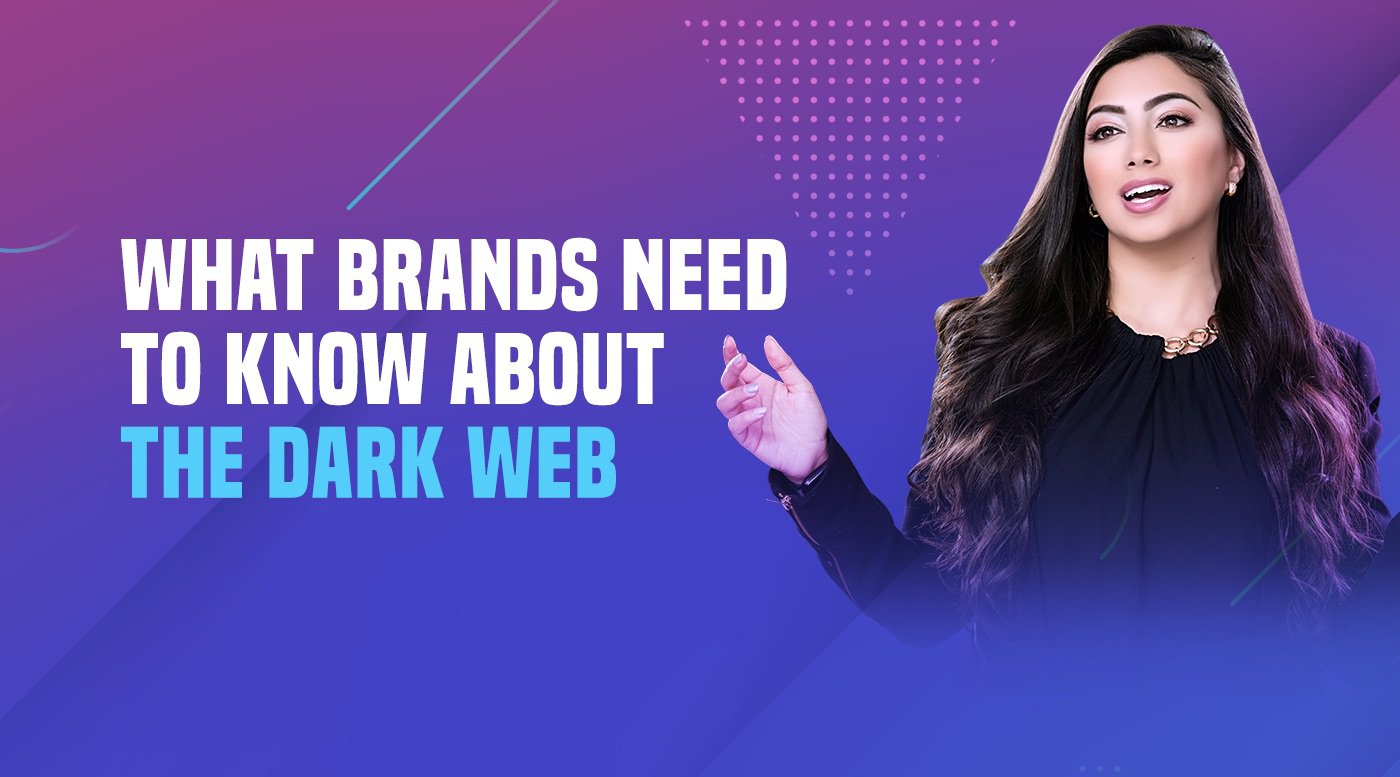3 Essential Habits All Trendsetters Share
Brands today have to compete more fiercely than ever for consumers’ attention.
When silencing a brand is as easy as scrolling past their ads or unfollowing them on Facebook, connected consumers wield an almost god-like power in the relationship between business and consumer.
In a sense, brands are no longer in the driver’s seat. Among the thousands of brands she’ll come into contact with in a single day, it’s the consumer who’s deciding which ones she’ll give a 5-second glance.
As the head of a digital marketing agency, it’s my job to know how a brand can up its chances of standing out. And one thing is for certain: if you’re simply following the trends, then you’re already too late.
In this day and age, it’s more important than ever for brands to anticipate what the consumer wants and lead the way in giving it to them.
Over the years, I’ve paid attention to the habits that successful brand trendsetters share. Here are three of the most important.
They Understand the Connected Consumer
It’s not just about stereotypes; it’s about empathy. And we at Zen have put together four key paradoxes that define the connected consumer to help brands “get it.”
As we found in our proprietary research, the connected consumer is:
- Independent, yet interconnected
- Digitally native, yet highly hands-on
- Idealistic, yet discriminating
- God-like, yet all too human
As you can see, they’re a study in contradictions — contradictions that tend to produce very specific (and problematic) gaps in the modern purchase journey. The great news is that these gaps can be successfully hacked to turn these problems into powerful opportunities for catapulting your brand to the forefront of its industry.
Consider the “independent, yet interconnected” paradox. We arrived at this conclusion after noticing that many of our survey respondents reported spending a huge amount of time researching product options prior to a purchase, relying far more on their own insights than on a brand’s claims.
They also reported relying heavily on product reviews of the item they were interested in purchasing, as well as seeking online validation (via further product reviews) once they actually made their purchase.
What does this mean for your brand? What we found is that consumers wanted an easier way to pull all that information together and would go to great lengths to do so on their own. They went so far as to create detailed spreadsheets and elaborate side-by-side image compilations for the purpose of comparing and contrasting product features and benefits.
Consumers are clearly doing quite a bit of “heavy lifting” to close this gap in the purchase journey, and it behooves brands to beat them to the punch. Hack this gap by giving customers an easy, customizable way to curate and compare products and reviews, and easily save this information.
They know the difference between true innovation and mere novelty, and that what works for one brand may not work for another.
Although consumers are digitally native, they are also increasingly hands-on. This means they’re looking for ways to bridge between their online and offline worlds, which presents a powerful opportunity for brands to hack the gap that often exists between digital space and a physical retail place, essentially leveraging technology in the service of the overall customer experience (CX).
The tricky part, however, is determining which technology will best serve this aim. For example, does your restaurant brand really need a chatbot, or would it make more sense to invest in a tableside ordering app that would give you competitive insight into your customer journey? Will augmented reality actually help you sell more shoes, or is it just a shiny new toy?
While there are many technological advancements that can potentially give your brand a boost, it makes far more sense to devote time to researching which technology will create the greatest results for your customers—and how you can use it to do that.
Think of it like the difference between implementing a simple, out-of-the-box chatbot because everyone else has a chatbot, and using augmented reality to create a tool that truly helps your customers—like Houzz’s View in My Room 3D, an app that allows users to see how furniture items and even flooring types look in their actual homes.
If you can go that extra mile, using the available tech to create something unique and valuable, you won’t be bogged down by trying to outdo the others. You’ll be the one leading the way.
They’re compulsive listeners and methodical observers.
It’s remarkable to me how many brands think they know what their customers want, yet have never actually asked them.
We all know that failing to question our assumptions means we’re asking for trouble—but that’s what many brands are doing every day.
And while it’s true that there’s an incredible amount of data available on everything from a customer’s purchase history to how long they spend on a particular page of a website, data alone is simply no substitute for a real conversation with the people you want to serve. This is because, on its own, data gives us only the what, not the why. Even if you know, for example, that 1,000 people have clicked on your ad, if you don’t why, the numbers will only get you so far.
That’s why we interviewed more than 200 individuals identified as connected consumers during our study. Only through these conversations were we able to discover ideas about buying behavior that we hadn’t even considered before.
Talk to your customers, whether that’s on the phone, through surveys, or face-to-face. That’s how you move away from following everyone else’s trends and create a product, service, or experience they’ll love.
Creating trends in today’s crowded marketplace is challenging but absolutely doable. By becoming aware of the gaps in connected consumers’ purchase journeys, you can successfully hack them to turn problems into powerful opportunities for leading the conversation, breaking new ground, and growing your brand.










